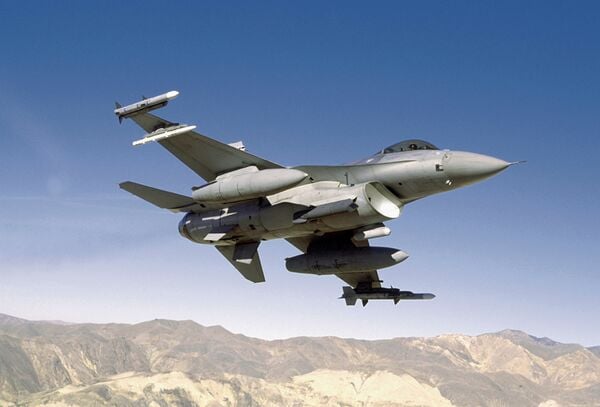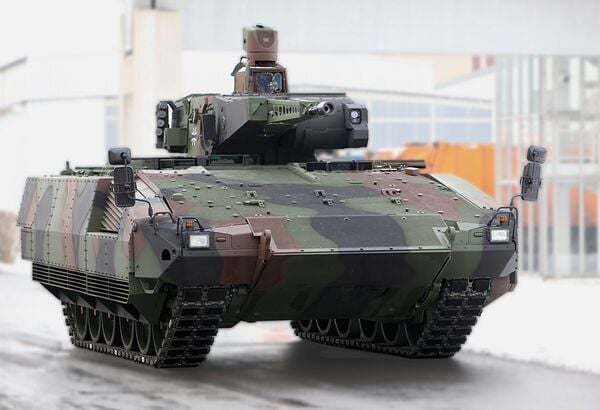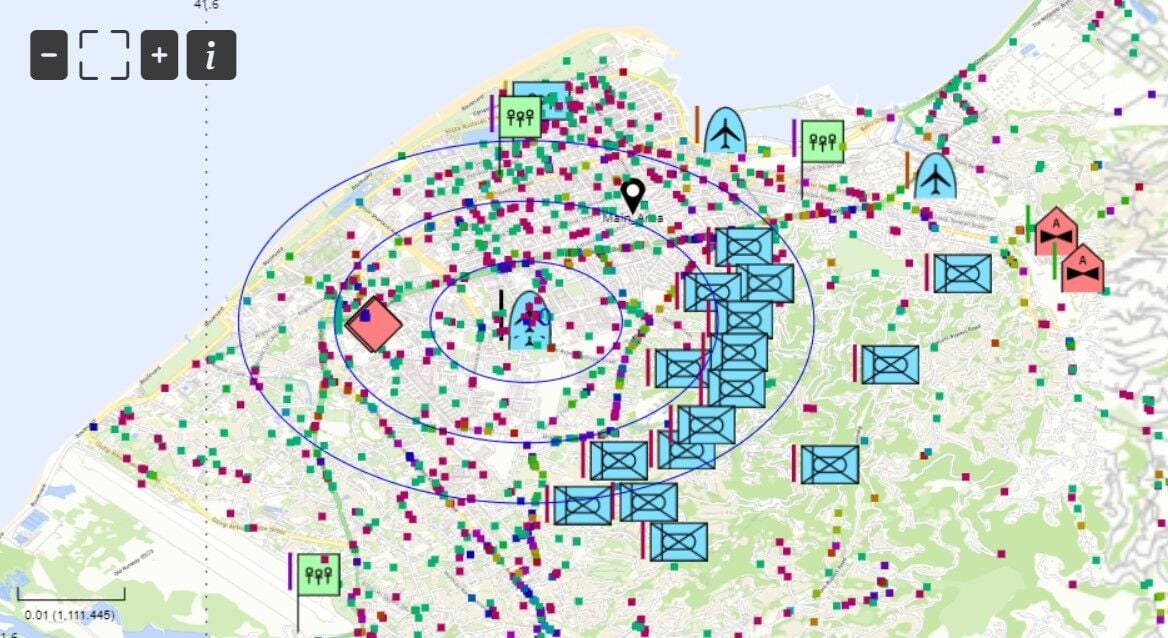- About
- Intara
- Capabilities
- Advisory
- Resources
- News
- Store
Indian Navy looks to bolster AI, ML capabilities
22 April 2022
by Oishee Majumdar
The Indian Navy is focusing on incorporating “artificial intelligence (AI) and machine learning (ML) in most of its critical mission areas”, an Indian Navy spokesperson told Janes.
The Indian Navy is “progressing around 30 AI projects and initiatives encompassing autonomous systems, language translation, predictive maintenance, inventory management, perimeter security, maritime domain awareness (MDA), intelligence, data analytics, and decision making”, the spokesperson said.
In addition, the Indian Navy “is also deeply involved in unifying and reorganising its enterprise data as data is the fuel for all AI engines”, the spokesperson added.
“The disruptive nature of AI/ML technologies is well known to the Indian Navy and we are seized with the unlimited possibilities [that] AI/ ML offer in all realms,” the spokesperson said.
Acknowledging the involvement of AI/ML in every facet of modern life, the spokesperson said that this will continue to have “a huge tactical impact as more and more smart devices will be able to aid the operators on ground to get insights and actionable intelligence or prediction using AI/ML-based algorithms from available data” such as text, machinery, imagery, and weapon systems maintenance, among others.
If permitted to do so, future weapon systems will have the “ability to analyse and engage targets autonomously and this is a call which responsible nations will have to grapple with”, the spokesperson said.
At both tactical and strategic levels, the armed forces of any country will be able to enhance decision making as well as “get ahead in the OODA (observe-orient-decide-act) loop” upon utilising big data technologies coupled with AI/ML, the spokesperson added.
“The holy grail of AI/ML is the emergence of autonomous systems in all dimensions and the Indian Navy is also looking at systems, which can help remove the human-in-the-loop for data gathering and information retrieval,” the spokesperson said.
Underlining the ability of autonomous systems “to take decisions and further the mission at both the tactical and strategic levels”, the spokesperson said that “we [the Indian Navy] are conscious of projects where advanced nations are looking at building large displacement autonomous underwater vehicles capable of releasing strategic vectors and moving around undetected”.
“Such thought process and future instruments of war are already causing major changes in doctrines and operational concepts of the Indian Navy including examining the core AI/ ML building blocks like annotated data sets and core data science,” the spokesperson added.
The Indian Navy is “currently in the process of creating a Centre of Excellence (CoE) in the field of AI at INS [Indian Naval Ship] Valsura”, the spokesperson said, adding that it is “envisaged to be set up within a year”.
The spokesperson said the primary focus of the CoE would be to “harness latest technologies and propagate adoption of AI and ML in all domains”.
INS Valsura, located in India's western state of Gujarat, has been designated as the CoE in the domain of big data and includes a state-of-the-art lab on AI and big data analytics that was set up in January 2020, the spokesperson said.
In response to a question on the Indian Navy's collaboration with other countries to develop AI/ML capabilities, the spokesperson said that at present, all ongoing projects are being sourced from major Indian information and technology (IT) companies.
About the Indian Navy's collaborations with Bharat Electronics Limited (BEL) on related developments such as plans to jointly establish a ‘Technology Incubation Forum' (TIF), the spokesperson said “the Indian Navy in collaboration with BEL is progressing co-operation in multiple areas including various autonomous systems”.
At the time of publication, BEL had not responded to Janes request for comment on the kind of AI/ML capabilities that it is co-developing with the Indian Navy.
Commander Subhash Dutta, an Indian Navy veteran and an honorary adjunct fellow at the National Maritime Foundation told Janes that the Indian Navy needs to prioritise leveraging AI/ML capabilities in the field of MDA as well as in the development of unmanned underwater vehicles (UUVs) and unmanned surface vehicles (USVs).
“AI/ML models are specially suited to analyse large data sets and MDA is a prime candidate for this,” Dutta said.
Some of the data points that could be considered include determining the pattern of deployment of naval vessels, their cargo, average speed depending on the time of the year (and hence the sea conditions), and most frequented ports of call, he added.
The ML model could then identify incongruous variations in such data points, based on the vessel's past behaviour, Dutta said.
“The Indian Navy is actively pursuing this capability,” he added.
The AI/ML algorithm is also significant for UUVs and USVs as it has the capability to steer their operations based on an analysis of “the available conditions and the target behaviour”, Dutta said.
Such vessels are crucial for modern navies as they have the potential to be “deployed close inshore where traditional craft cannot operate due to the constraints of available depth”, he added.
According to Dutta, one of the biggest challenges faced by the Indian Navy in developing such capabilities “is the availability of talent within the country in the field of AI/ML”.
For example, “while the Indian industry hired almost 3 × [three times] the number of AI/ML professionals in 2021 than in 2017, the total number of quality AI research papers is nowhere near that of what is produced by educational institutions in China”, Dutta noted.
Another challenge is related to the development of AI/ML models which “require large amount of relevant data sets to train the algorithm”, he said.
“The accuracy of the ML model then depends on the quality and quantity of data it has been trained on”, he said. The robustness of the ML model depends upon maximum extraction of parameters from a piece of information, he added.
Dutta said that it is essential for the Indian Navy to develop AI/ML capabilities given “the proliferation of data sources and the large amount of information available to an analyst to make an informed decision”.
“While AI/ML development is definitely capital-intensive in terms of infrastructure and talented personnel, the results in terms of accelerating the decision-making process would far outweigh the initial costs incurred. The quality of decisions taken would also be enhanced,” he said.
Lockheed Martin to ramp up UK Sniper production
24 April 2024
by Gerrard Cowan


Seen being carried by a US Air Force F-16, the Sniper ATP is built in Florida in the US and Bedfordshire in the UK. Lockheed Martin is now ramping up UK component production to meet increased customer demand. (Lockheed Martin)
Lockheed Martin is building a new production line for AN/AAQ-33 Sniper Advanced Targeting Pod (ATP) components at its Ampthill, Bedfordshire site in the UK, seeking to meet anticipated demand from NATO allies and other customers for the system, the company has told Janes .
Germany orders simulators for Puma IFVs
19 April 2024
by Olivia Savage


The Bundeswehr has ordered 258 sets of AGDUS systems for its Puma IFVs following successful integration tests. (PSM GmbH)
The Bundeswehr is receiving new training simulators for its Puma infantry fighting vehicles (IFVs).
In total, 258 sets of Training Device, Duel Simulator (Ausbildungsgerät Duellsimulator: AGDUS) systems are being delivered for the Puma IFVs by the end of 2026, the Bundeswehr announced on 15 April.
The EUR109 million (USD116 million) contract will be financed from the EUR100 billion Bundeswehr special fund.
Hadean, 4C Strategies integrate products to reduce training burden
18 April 2024
by Giles Ebbutt


A screenshot of the Hadean POLI constructive simulation displayed through the 4C Strategies Exonaut training management software. (Hadean)
Hadean and 4C Strategies have successfully integrated a constructive simulation with Exonaut exercise management software, utilising Hadean's spatial computing platform.
The integrated solution, displayed at the International Training Technology Exhibition & Conference (IT²EC) 2024 in London, enabled Hadean's Pattern of Life Indicator (POLI) constructive simulation to be controlled from within 4C Strategies Exonaut software.
The Indian Navy is focusing on incorporating “artificial intelligence (AI) and machine learning (ML)...
Latest Podcasts
Iran Israel analysis
In this podcast Janes analysts discuss the Iranian attacks on Israel on the 14 April. They highlight the military systems used by Iran and the performance and impact of these on Israel. They also discuss the implications of this attack goi...
Listen nowJanes Case Studies
Using Janes Intara to build a common intelligence picture: Russian build up on the Ukrainian border
View Case StudyNews Categories
 C4ISR Details
C4ISR Details